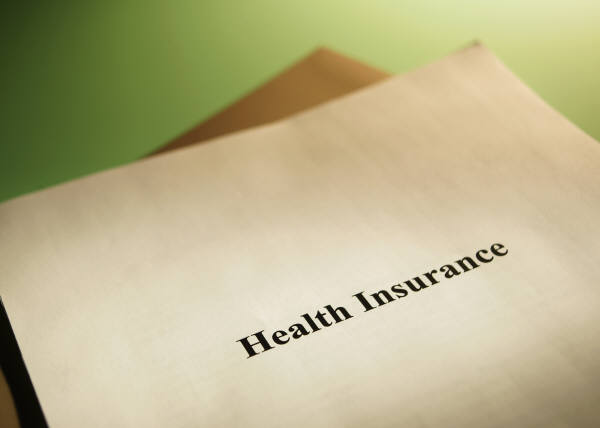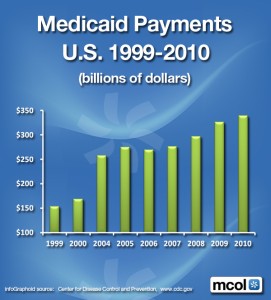Claims about Medicaid’s effectiveness should be approached with caution simply because the population covered by Medicaid differs from that covered by private insurance in ways a variety of ways that are likely to affect overall health.
For example, Medicaid patients are more likely to be no-shows for medical appointments. No-shows are typically defined as either not showing up at all or calling to cancel on the same day. In one orthodontic practice, Medicaid patients accounted for almost 40 percent of missed appointments but only 27 percent of all appointments. Children most likely to miss dental visits were those with lots of cavities, poor behavior, multiple missed appointments, and no phone.
Broken appointments translate into a reimbursement rate of zero. Surveys of dentists suggest that they are even more important than low reimbursements in dentists’ refusal to participate in Medicaid.
The pattern does not change for more involved procedures like cochlear implants. At Children’s Hospital in Cleveland, Ohio, access to cochlear implants is the same whether patients are covered by Medicaid or by private insurance. But medical complications do vary with a patient’s insurance status. From 1996 to 2008, 133 children received unilateral cochlear implants. Complications in Medicaid-insured children were 5 times those in privately insured patients with 10 complications in 51 Medicaid-insured patients and 3 complications in 61 privately insured patients. Medicaid patients missed 35 percent of follow-up appointments. Privately insured patients missed 23 percent of follow-up appointments.
Given that behavioral differences exist for something as simple as keeping an appointment, challenges to getting high-quality care to Medicaid patients cannot be solved by just expanding Medicaid budgets.







